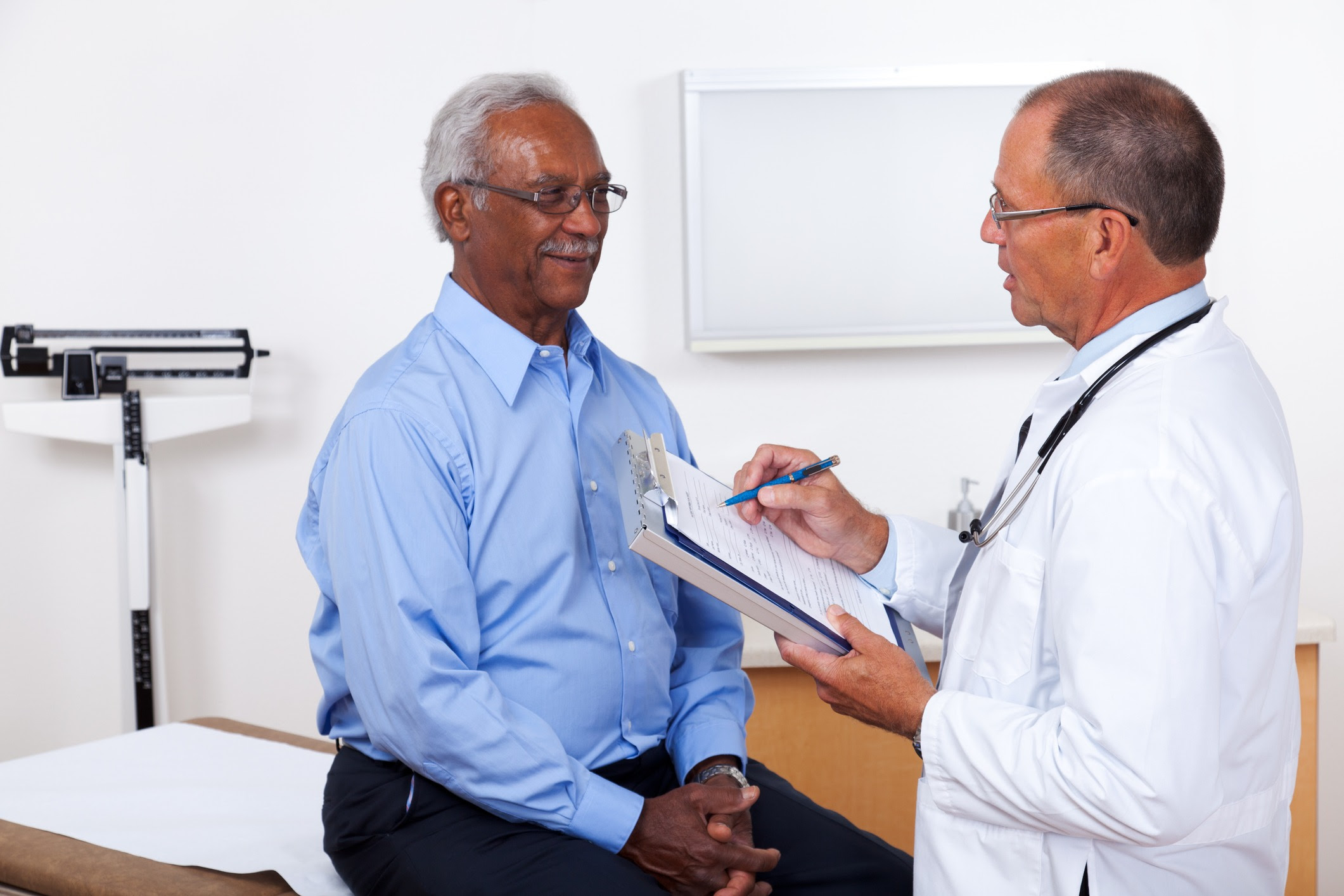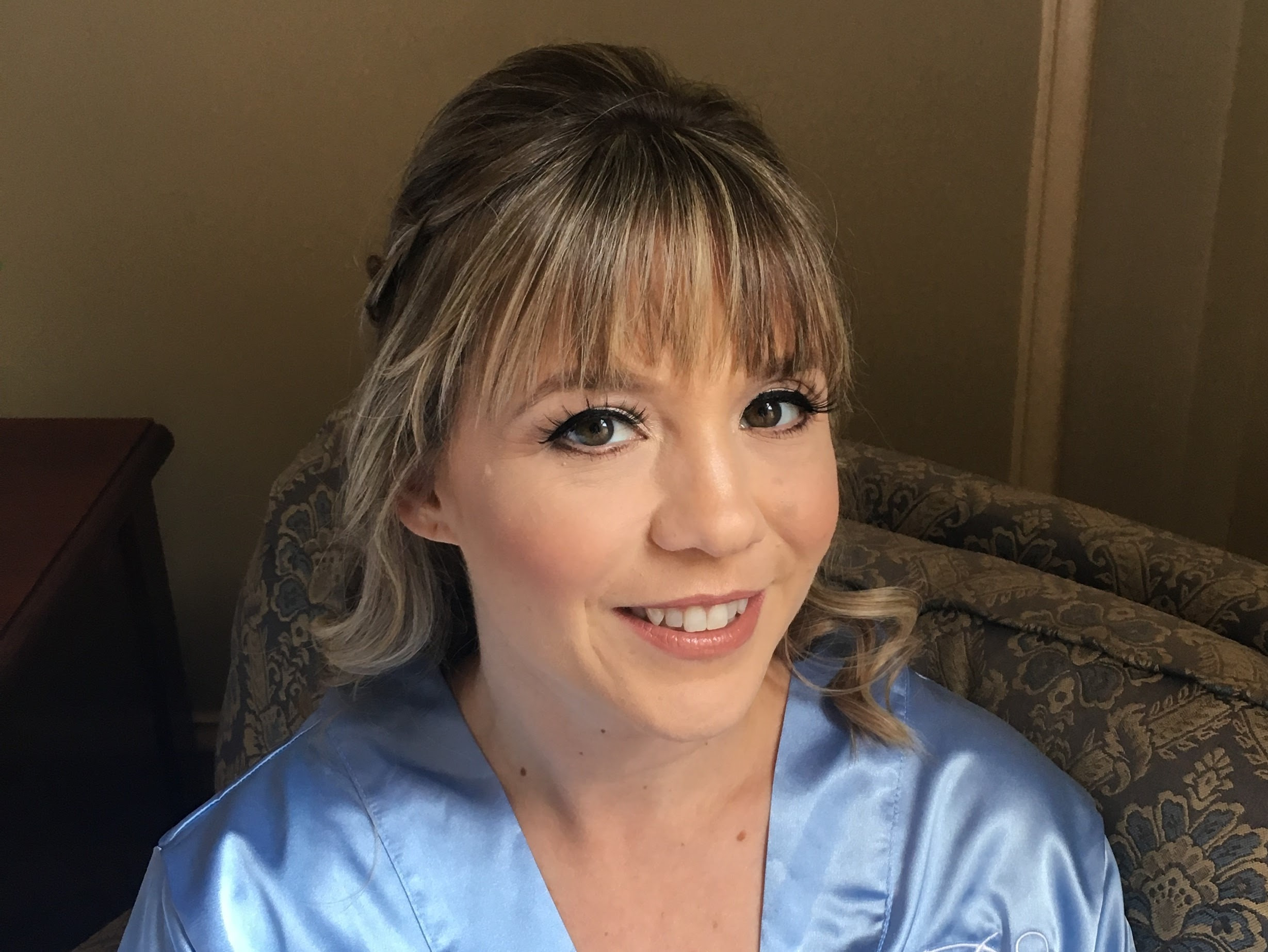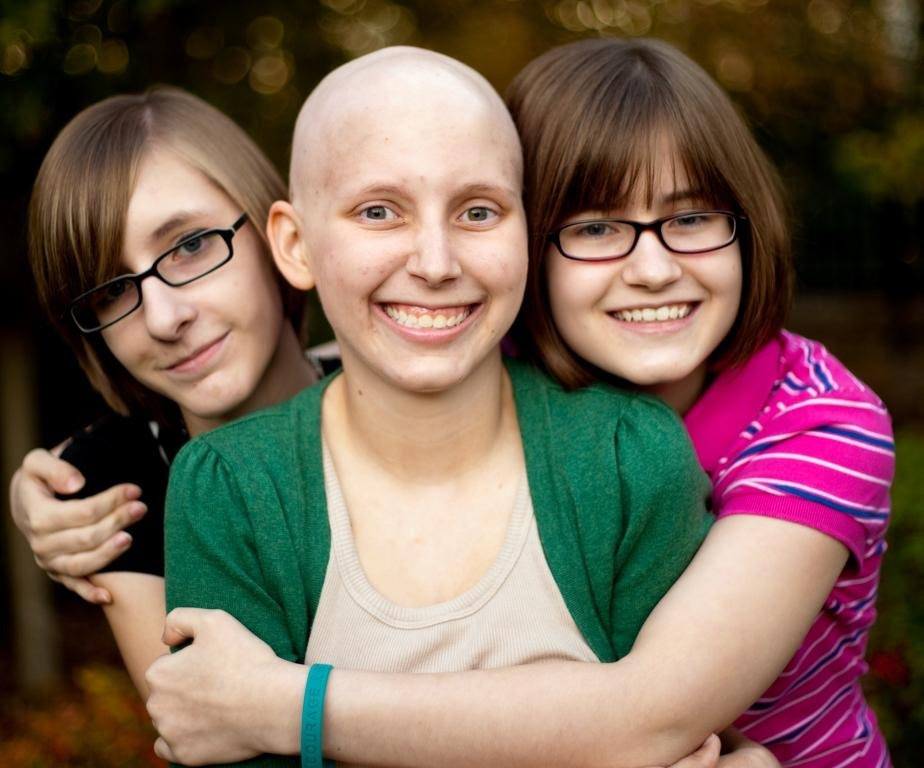September 2019
|
|---|
Gynecologic Cancer Awareness: Learn the Signs. Listen to Your Body. |
|---|
 |
Women experience many health changes during the course of their lifetime. Knowing what is and is not normal for your body can go a long way in helping a woman maintain her gynecologic health. In addition, knowing the warning signs of gynecologic cancer (cancer in women’s reproductive organs) can help women recognize what to watch out for and when to see a doctor.
|
|---|
For September’s National Gynecologic Cancer Awareness Month, CDC’s Inside Knowledge campaign has new animated TV and radio PSAs in English and Spanish along with paid digital and social media promotion. “Not Just Words” encourages women ages 35 and older, to know the signs of gynecologic cancer and see a doctor if symptoms persist. A media toolkit with new shareable graphics are also available for health partners and others. The new PSAs and other information are available on Google, YouTube, Facebook, and across new channels including:
|
|---|
Prostate Cancer Awareness: Understanding Screening and Making the Right Choice for You |
|---|
 |
National Prostate Cancer Awareness Month is here to remind men about the importance of paying attention to their prostate health and understanding the risk of prostate cancer. As men get older, the risk of prostate cancer increases. The risk is greater for African-American men and men with a family history of prostate cancer. While these key facts are important for men to know, men should also know that they must decide if prostate cancer screening is right for them. Most prostate cancers grow slowly without causing any health problems. Screening, diagnosis and treatment for prostate cancer may have possible harms leading to serious side effects.
|
|---|
Learn about the benefits and harmful effects of prostate specific antigen (PSA) testing in this new blog post. CDC’s “Should I Get Tested for Prostate Cancer?” video helps men understand their prostate cancer screening options and encourages men to talk with a doctor about their personal risk factors.
|
|---|
New Blog Post Highlights Resources for Spanish-Speaking Cancer Patients and Caregivers |
|---|
Being told you have cancer is difficult under the best of circumstances, but imagine going through this while not understanding what your medical team is saying because you speak a different language. For people with language barriers, this can cause feelings of helplessness and frustration. Vivian Diaz-Espinosa shares her experience of becoming a translator and interpreter for her dad during his battle with cancer. While few Spanish-language resources existed during her dad’s treatment 14 years ago, she is excited about the CDC and the CDC Foundation’s Preventing Infections in Cancer Patients (PICP) program in Spanish.
|
|---|
One in three Hispanic men and women are diagnosed with cancer each year, yet there are few Spanish-language resources available. Based on the basic belief that every person has information tailored to one's individual needs, 3 Pasos Para Prevenir infecciones durante el tratamiento del cancer and TINA en Español were developed to meet the needs of the Spanish-speaking community.
|
|---|
Meet Ana: Cancer Survivor with a Mission |
|---|
 |
"I want women to know they need to take care of themselves. Don’t skip your annual exams, and if you feel something is amiss with your body, don’t worry about bothering doctors or upsetting them. This is your life!" Ana, a cancer survivor was diagnosed at age 36 with Stage 2 cervical cancer. Her cancer survivor story provides a personal look at the shock and life changes she experienced when facing cancer. During her cancer journey, she learned to listen to her body and speak up for herself. When she thought something was wrong, she got a second opinion to confirm the best course of treatment for her. Ana’s new mission is to share her story so that others don’t have to go through what she went through.
|
|---|
Reflections on a Childhood Cancer Experience |
|---|
 |
People who survive cancer describe their experience in different ways. Jordyn Farrell describes being diagnosed with ovarian cancer at age 16 as “definitely an interesting experience.” Now at 26 years old and cancer-free, Jordyn shares what it’s like to be diagnosed with cancer at a young age and how it has changed her life moving forward. For cancer care, Jordyn was often the oldest patient in a children’s hospital and the youngest patient in a general hospital. Jordyn’s family was the key to helping her get through her cancer experience. The most important thing Jordyn has come to understand is that the impact of cancer doesn’t stop as soon as treatment is finished.
|
|---|
Research Spotlight |
|---|
Mortality and Morbidity Weekly Report (MMWR), Human Papillomavirus – Attributable Cancers – United States, 2012-2016 looks at the reported cases of cancers attributable to HPV and shows that an estimated 92% of these cancers could be prevented with the HPV vaccine.
Leveraging the Strength of Comprehensive Cancer Control Coalitions to Support Policy, Systems, and Environmental Change explores the positive effects of policy, systems, and environmental (PSE) change interventions on reducing cancer risk, early detection, and access to treatment. |
|---|
Did You Know?
|
|---|























.png)









No hay comentarios:
Publicar un comentario